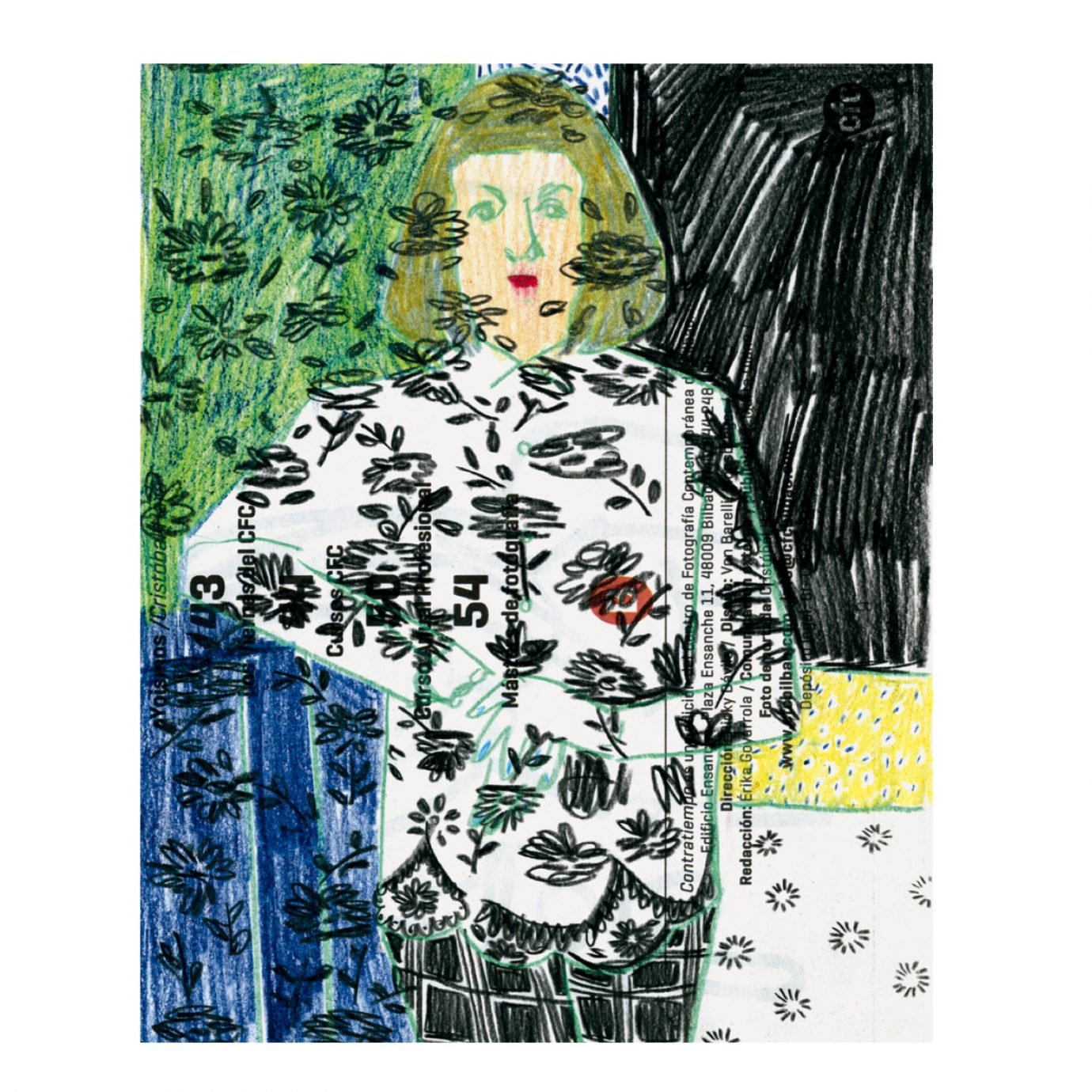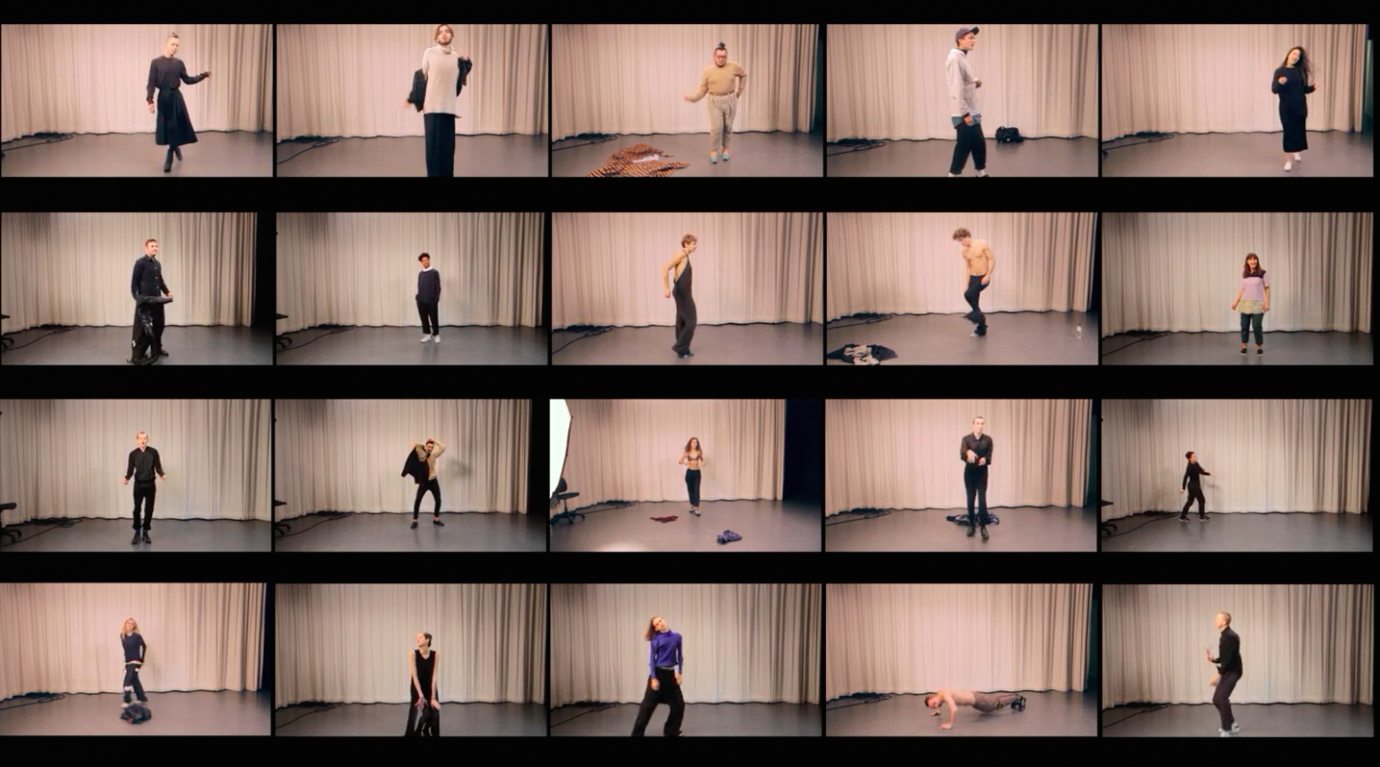DICKPRINT stands at the intersections of numerous themes, fashion, fetish, gayness and blackness among them. Did you set out with all of themes in mind, or were they introduced at different points in the process of making the publication? And what were the first steps you took to turn these themes, and your experience of them, into a full publication?
The themes were always there loosely but they managed to perfectly align towards the end. I’m a black man so there were always going to be black men in there, it is about race, but also, it isn’t. It’s just a reflection of my world: what I know and who I know. I feel like black gay men rarely get a spotlight and there’s also this argument that we don’t actually want it a lot of the time. Probably because of the platform or the people shining the light on us. If it’s not authentic or genuine, why do I or any other black men want to be involved? I wanted to provide a spotlight where black men could feel comfortable to engage in things they’re not usually associated with—or allowed to engage with. Fetish is something that always intrigued me but I knew I was no expert. That’s why a lot of this magazine is led, not by my opinion, but by the opinions of people I considered to have an authority, understanding or personal experience of that realm. They made this magazine happen just as much as I did. Bruce LaBruce, Ted Polhemus, Hal Fischer, Ajamu, BlueBoy Poppers aka Barcelo, my friendly acquaintances on Reddit. They’ve all been so great.





















